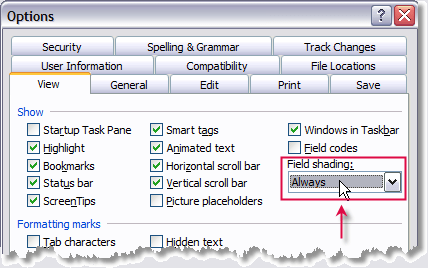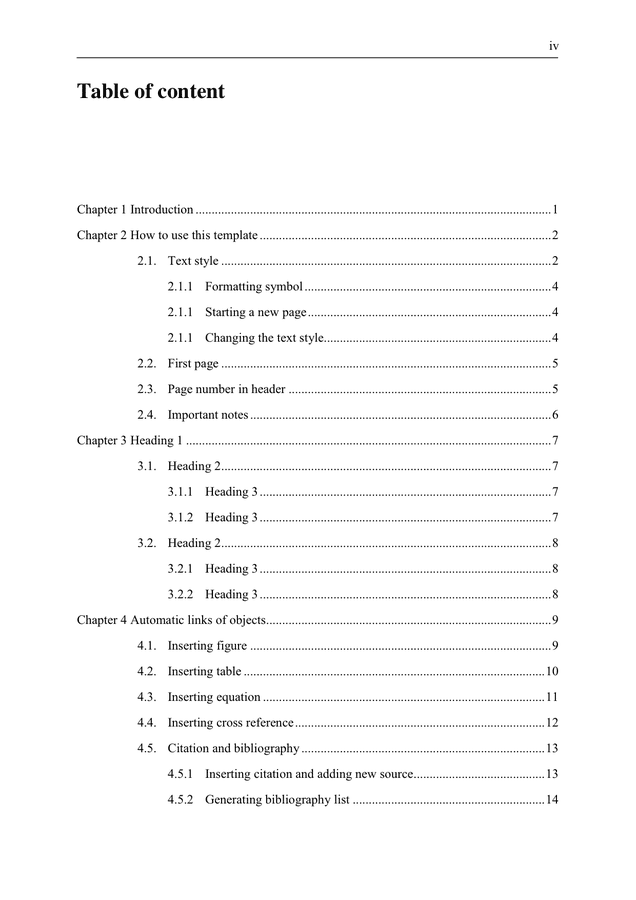

- #MICROSOFT WORD CROSS REFERENCE FIGURE NUMBER UPDATE#
- #MICROSOFT WORD CROSS REFERENCE FIGURE NUMBER CODE#
Long documents can easily have hundreds of headings. The default size of the dialog box only displays 12 items in the list of available headings, figures, tables etc. Increase the number of items displayed by default.Oh, and for bonus points, someone at Microsoft decided not to list these selection options in alphabetical order! But someone, somewhere at Microsoft decided that this drop-down list would only ever display 6 items! Which means if you have a list longer than that, you have to scroll. Plate, Equation, Photograph), then the list is even longer. Even the default Reference type list includes more selections than are visible in the drop-down list.

The current situation is just bad design, in my opinion.
#MICROSOFT WORD CROSS REFERENCE FIGURE NUMBER UPDATE#
Update August 2016: There’s now an add-in for Word for PCs that solves most (all?) of these issues. So, if you’re listening Microsoft, here are 10 productivity improvements I’d like to see made to this dialog box (numbers are used for reference only - they do not imply priority or sequential order): I’d appreciate it if someone using Word 2010 can report if any of these issues have been fixed.) (NOTE: I have not used Word 2010 yet, so these comments are about Word 2007.

While there have been some improvements to this dialog box in Word 2007, there’s a lot about this dialog box that just doesn’t work efficiently. And that dialog box alone sucks as far as usability is concerned (‘sucks’ is a technical term!). Most of the documents I’ve been working on for the past two years are long scientific reports - a single document can have hundreds of cross-references to figures, tables, plates, sections, appendices etc.Īs a result I’ve opened the Cross-reference dialog box more times than I can count.

While there have been many improvements in Word 2007, there are areas that still have a way to go. I’ve been getting up close and personal with Word, as evidenced by the number of blog posts I’ve written on Word’s idiosyncrasies. I’ve been using Word since the heady days of Word 2.0, and I’ve been using Word 2003 and more recently Word 2007 day in/day out for the past two years on my current contract. Microsoft has confirmed that this is a problem in the Microsoft products that are listed in the "Applies to" section.I use Microsoft Word - a lot. The cross-reference will correctly update the heading number to match the outline-numbered heading that the cross-reference references. Right-click the cross-reference link, and then click Update Field. Locate and then select the bookmark name that matches the bookmark name that you noted in step 1.Ĭlick Add. In the Bookmark dialog box, click to select the Hidden bookmarks check box. On the Insert tab, in the Links group, click Bookmark. Locate and select the outline numbered heading to which the cross-reference should point. The bookmark name begins with the following string: Note the bookmark name for the cross-reference.
#MICROSOFT WORD CROSS REFERENCE FIGURE NUMBER CODE#
The field code is displayed for the REF field for the cross-reference. Select the broken cross-reference, and then press Alt+F9. To work around this problem, follow these steps: When you update the cross-reference link, the link is not updated. When you split the heading, the bookmark does not move. This problem occurs because, when you create a cross-reference link, a hidden bookmark is created at the beginning of the heading. Instead, the cross-reference link references the new heading. In this scenario, the cross-reference link is not updated to reference the original heading. After you create the new heading, you update all field codes.To do this, you position the pointer at the beginning of the cross-referenced heading, and then you press Enter. You create a cross-reference link to a heading.You create a Microsoft Word document that uses outline numbering for all headings.For more information about this change, read this blog post. Office 365 ProPlus is being renamed to Microsoft 365 Apps for enterprise.


 0 kommentar(er)
0 kommentar(er)
